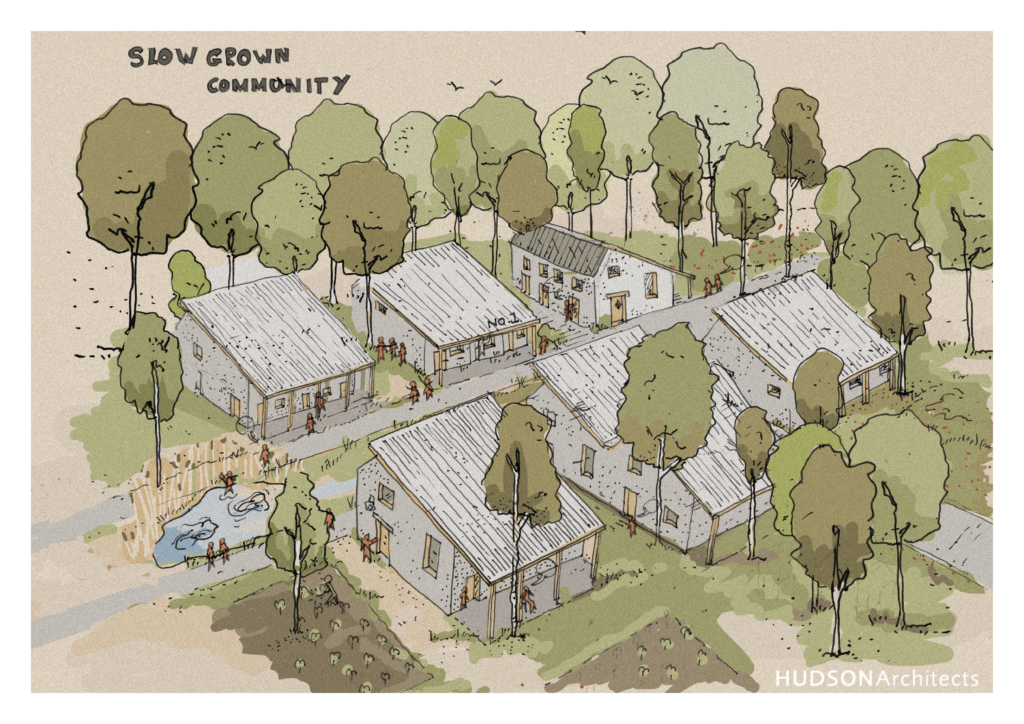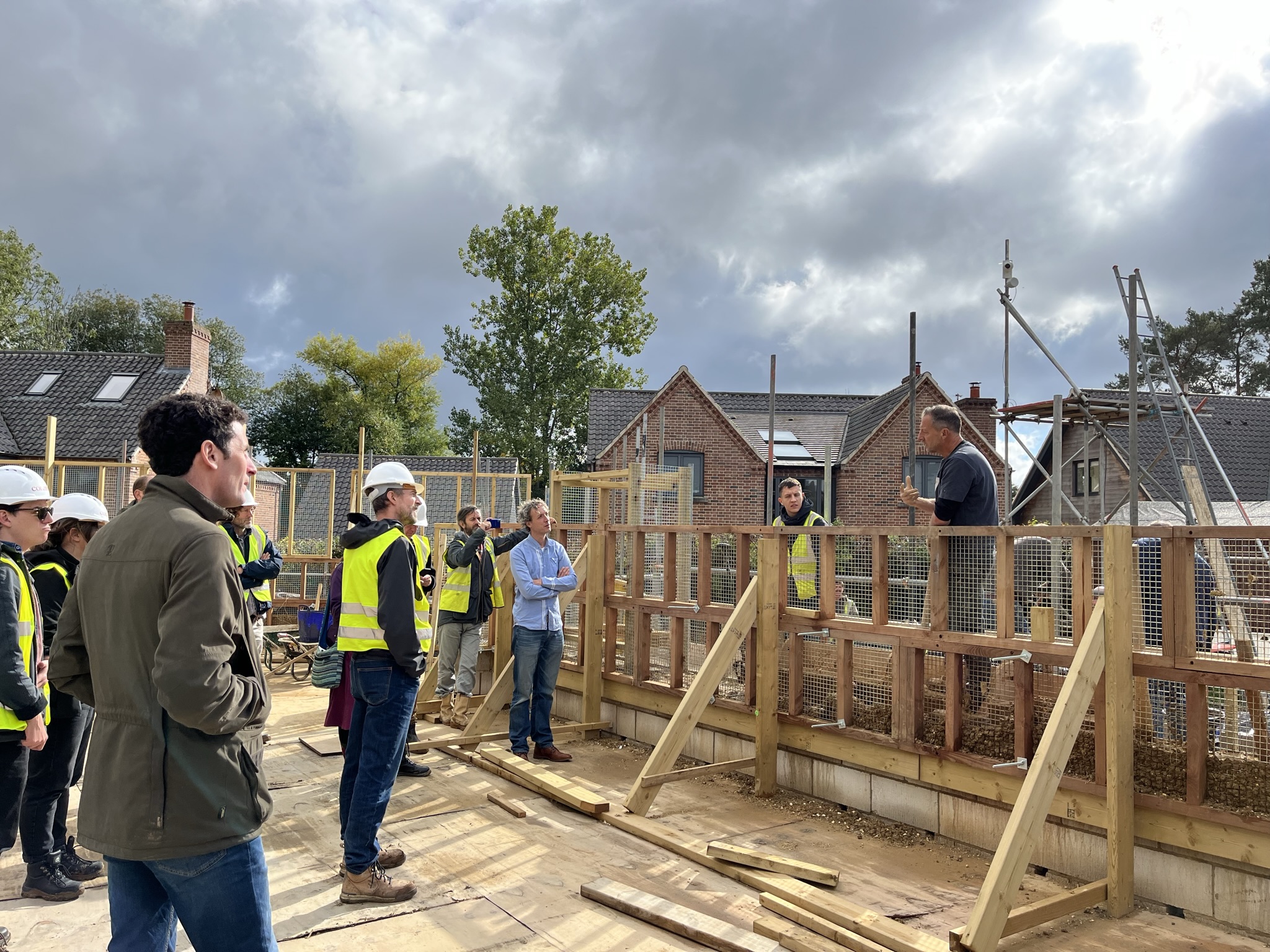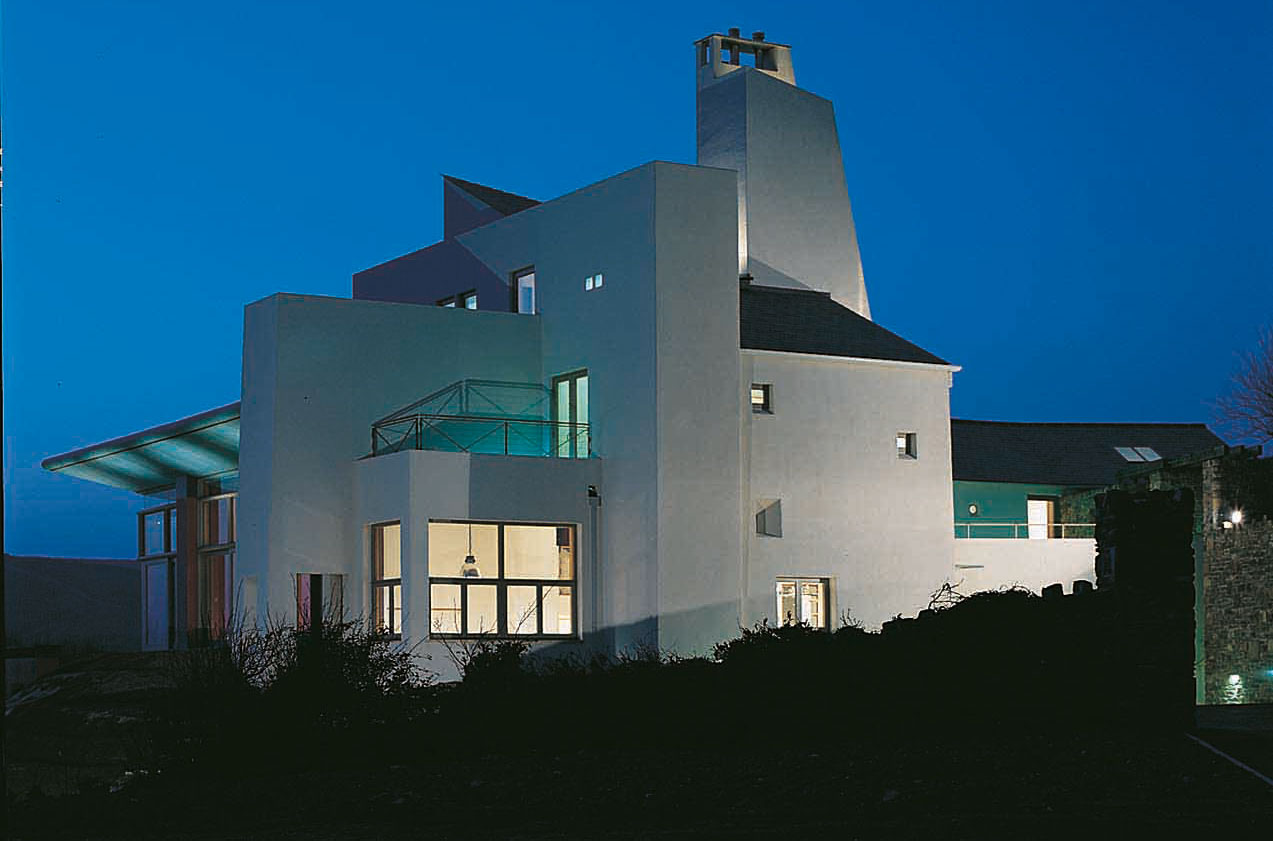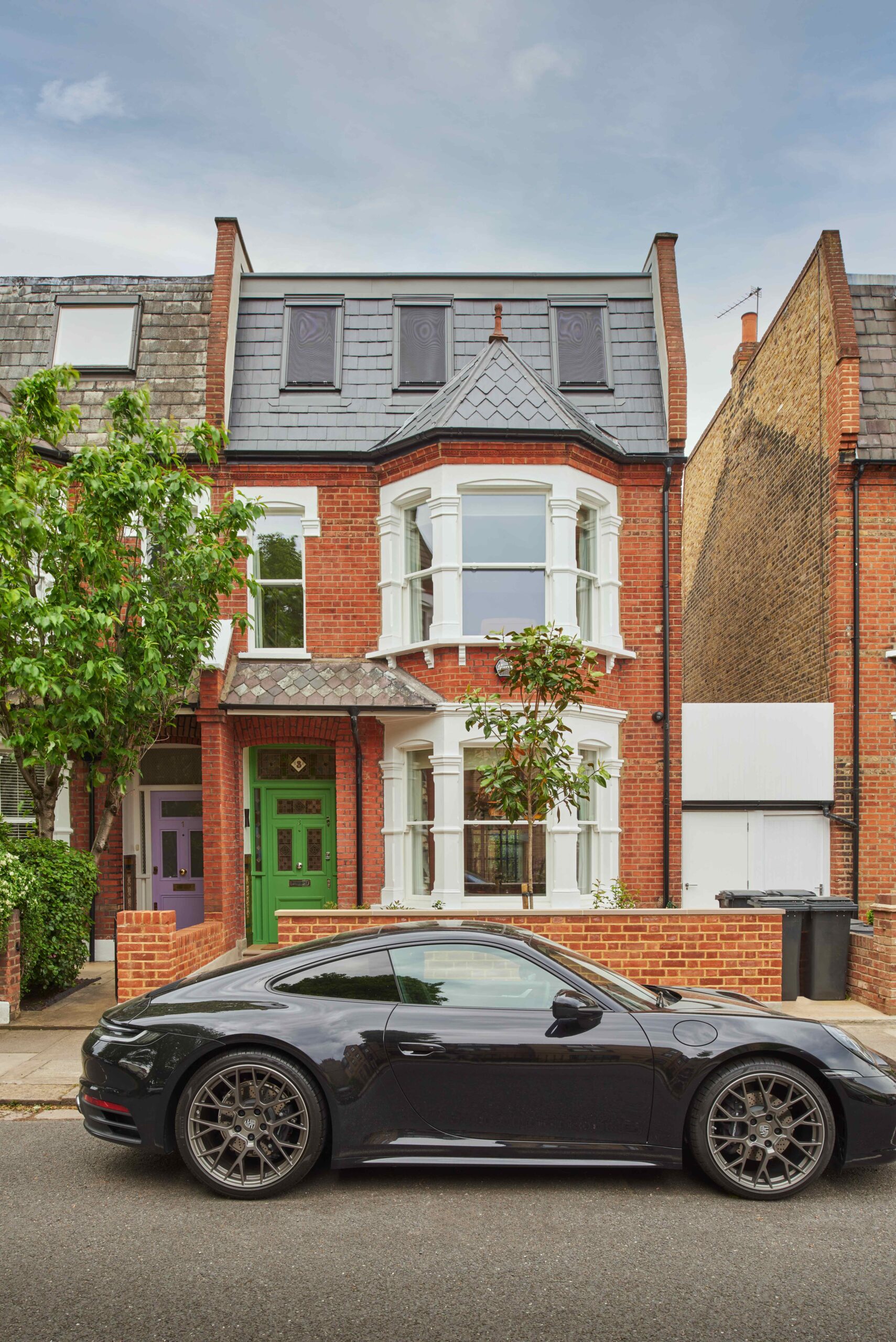 Last year we had the opportunity to present our vision for The Net Zero Neighbourhood at the Building Centre. Our proposal focused on sustainable rural placemaking, connectivity, community self-build, and circular economies. We’re pleased to share our concept, Rural Neighbourhoods: Slow Grown Communities in the Countryside.
Last year we had the opportunity to present our vision for The Net Zero Neighbourhood at the Building Centre. Our proposal focused on sustainable rural placemaking, connectivity, community self-build, and circular economies. We’re pleased to share our concept, Rural Neighbourhoods: Slow Grown Communities in the Countryside.
Challenges in Rural Development
Hudson Architects is a Norfolk-based rural architectural practice dealing with a specific set of challenges: an ageing population, disconnected communities heavily reliant on cars, and a protected natural environment to name a few. We need more housing, but current trends favour turnkey developments on greenfield sites.
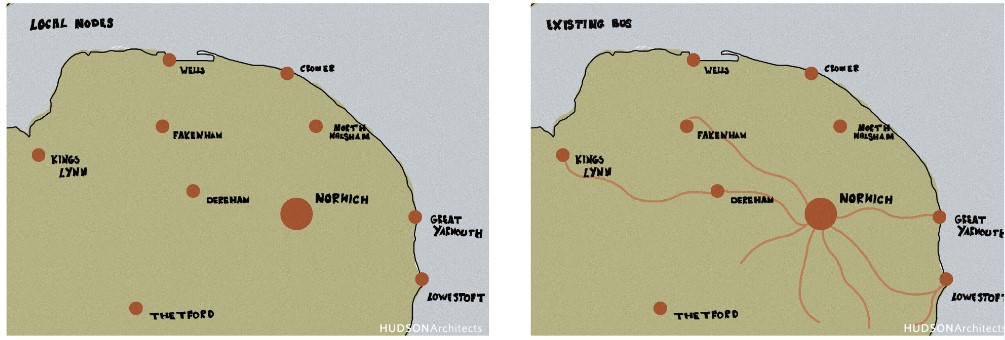
Our Vision: Net Zero Rural Neighbourhoods
Our vision involves creating net zero rural neighbourhoods that grow organically and harmoniously with the countryside. These neighbourhoods are based on sustainable community-driven design and enhance the local environment.
We have identified key nodes across the region, highlighted existing bus routes, rail links and opportunities to reopen additional routes. These provide opportunities to seed new settlements, acting as rural satellites with speedy links into cities. There is an abundance of suitable potential sites for developing these sustainable rural communities.
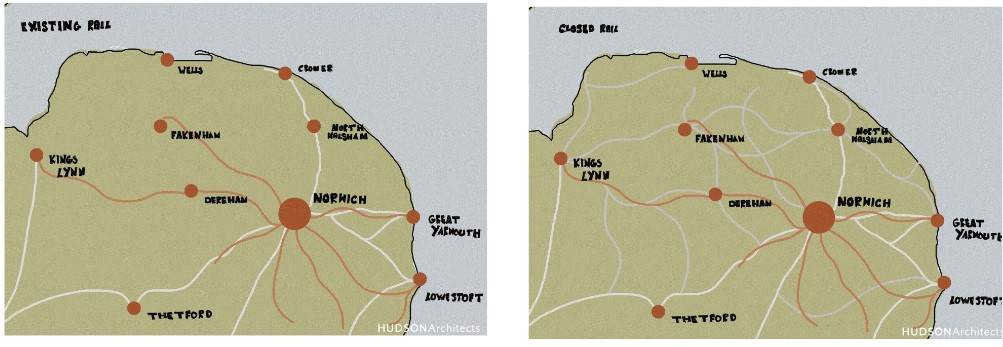
The Best of Both Words: City Amenities and Rural Life
Our vision for net zero rural neighbourhoods brings the best of both worlds. Residents would enjoy the amenities and opportunities of an urban area, while experiencing the tranquillity of rural life. Settlements would grow organically around transport hubs with houses arranged in modest terraces with child friendly spaces and community gardens. Car sharing systems would reduce individual car ownership and lower emissions.
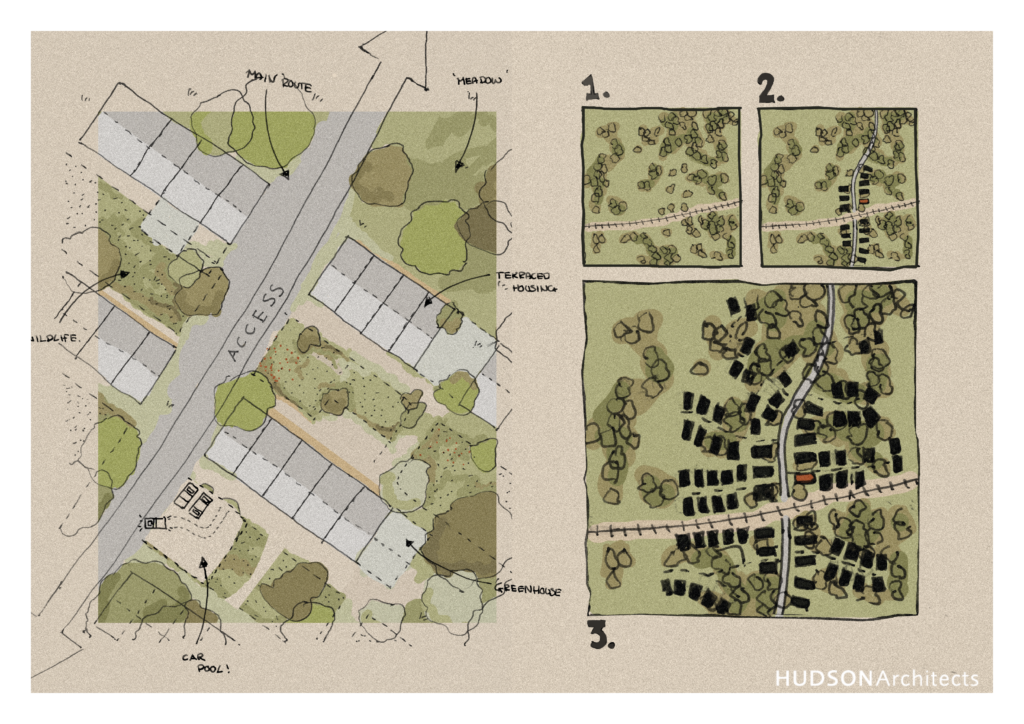
Sustainable, Low Impact Building Design
Each home would be designed with low energy needs in mind, using passive solar design principles and natural materials. Norfolk has an abundance of natural building materials like clay and reedbeds. We have been researching how to use these materials to create low carbon construction techniques, such as cob building and paludiculture (wetland farming).
Our CobBauge project, for instance, uses a mixture of local clay and reed to create a sustainable building material with structural and insulative properties. This versatile and low carbon approach reflects our commitment to a net-zero footprint, and it’s working right here in Norfolk.
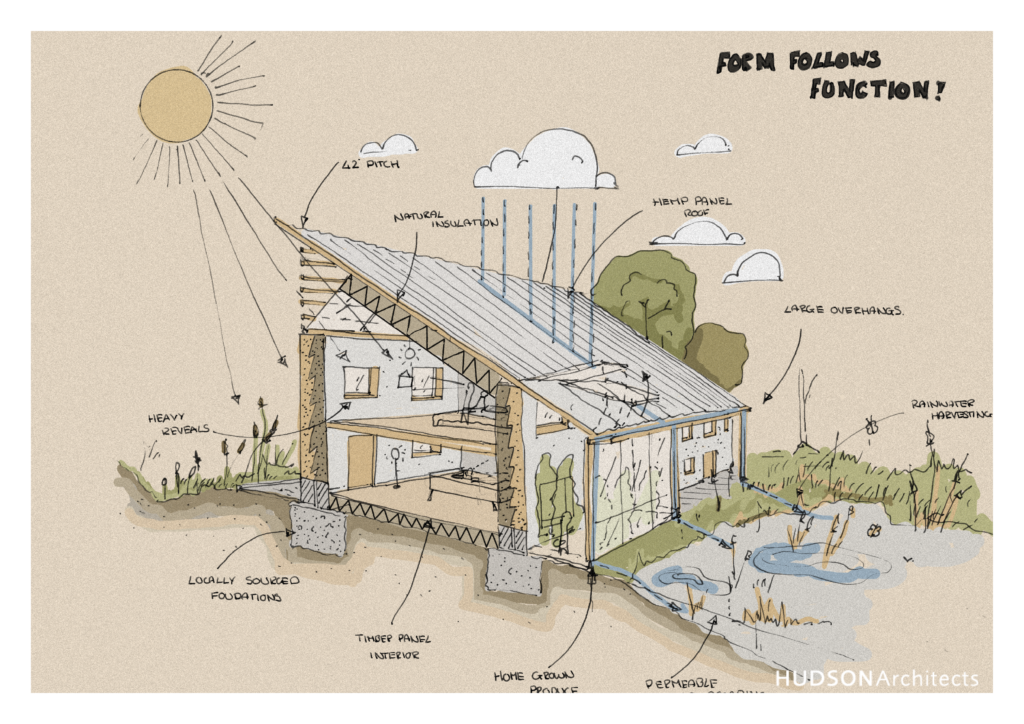
Nature as the First Resident
In our sustainable rural neighbourhoods, nature moves in first. We will plant native wildflowers and trees, enhance watercourses, and restore local ecosystems, which will sequester carbon and support biodiversity as the community grows.
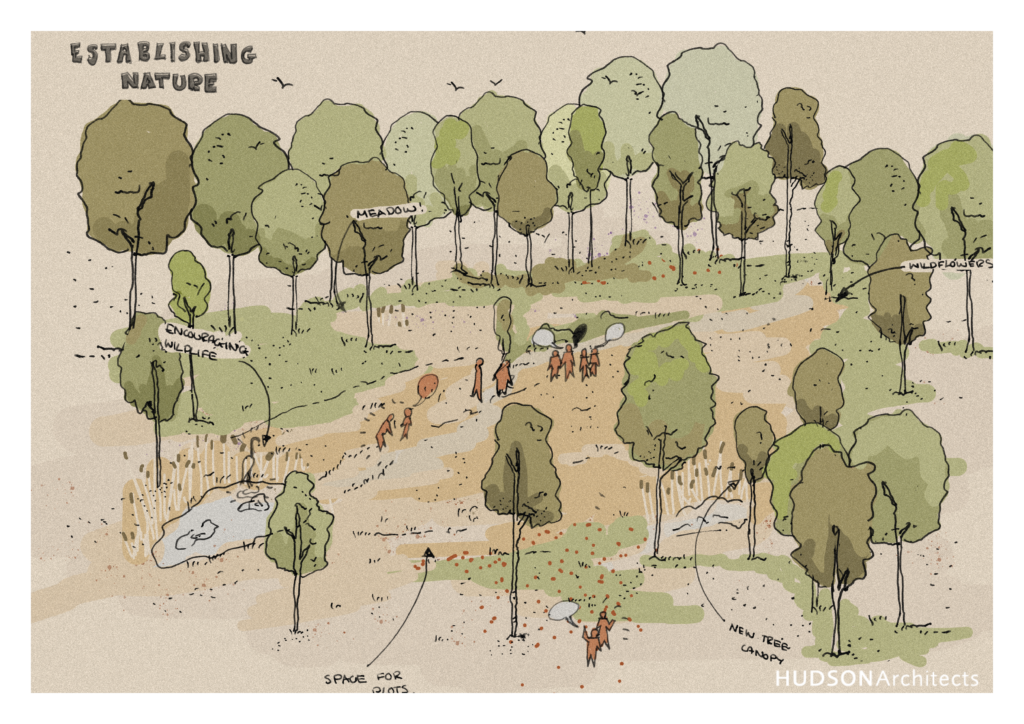
A Collaborative Community Model
New residents will have the opportunity to join the community through a self-build approach. By creating a self-build manifesto, we would encourage community building through collective efforts and shared resources, such as tools, skills and formwork. Plots will be equipped with essential amenities, but the development is allowed to grow organically from here. Cob structures, for example, can be re-moulded, adapted and demolished; integrating seamlessly back into the landscape if no longer required.
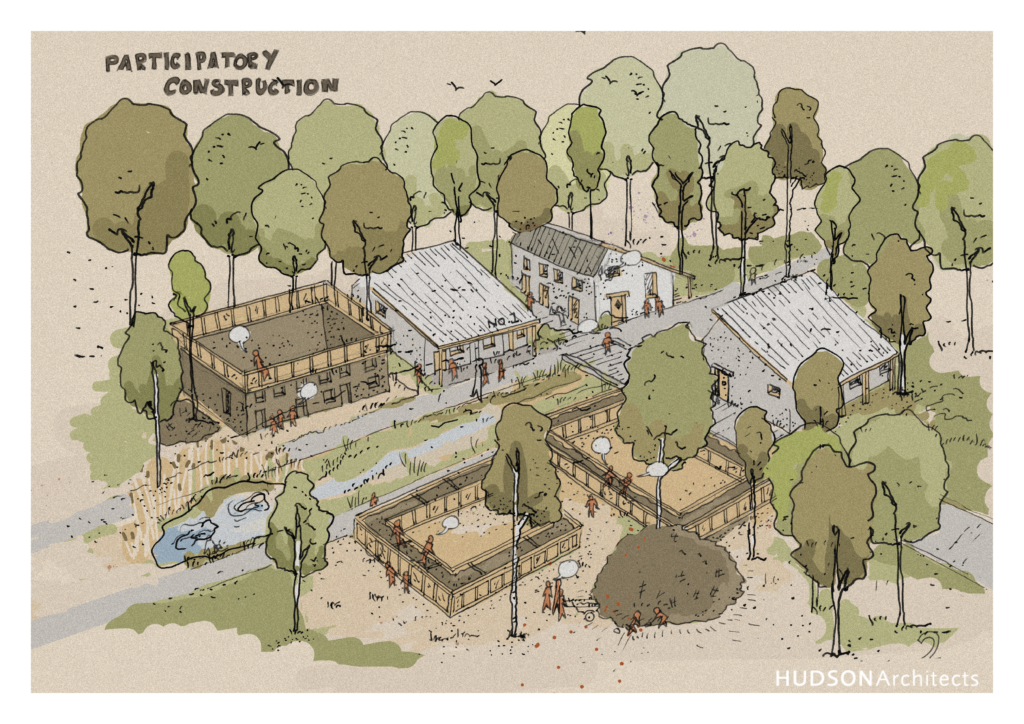
A Vision for the Future: Net Zero Rural Communities
We believe that by building modest and sustainable rural communities, we can pave the way for the UK’s first truly net zero neighbourhoods. These communities embody our commitment to low-impact, high quality rural living; combining natural materials with clever design for a healthier future.
